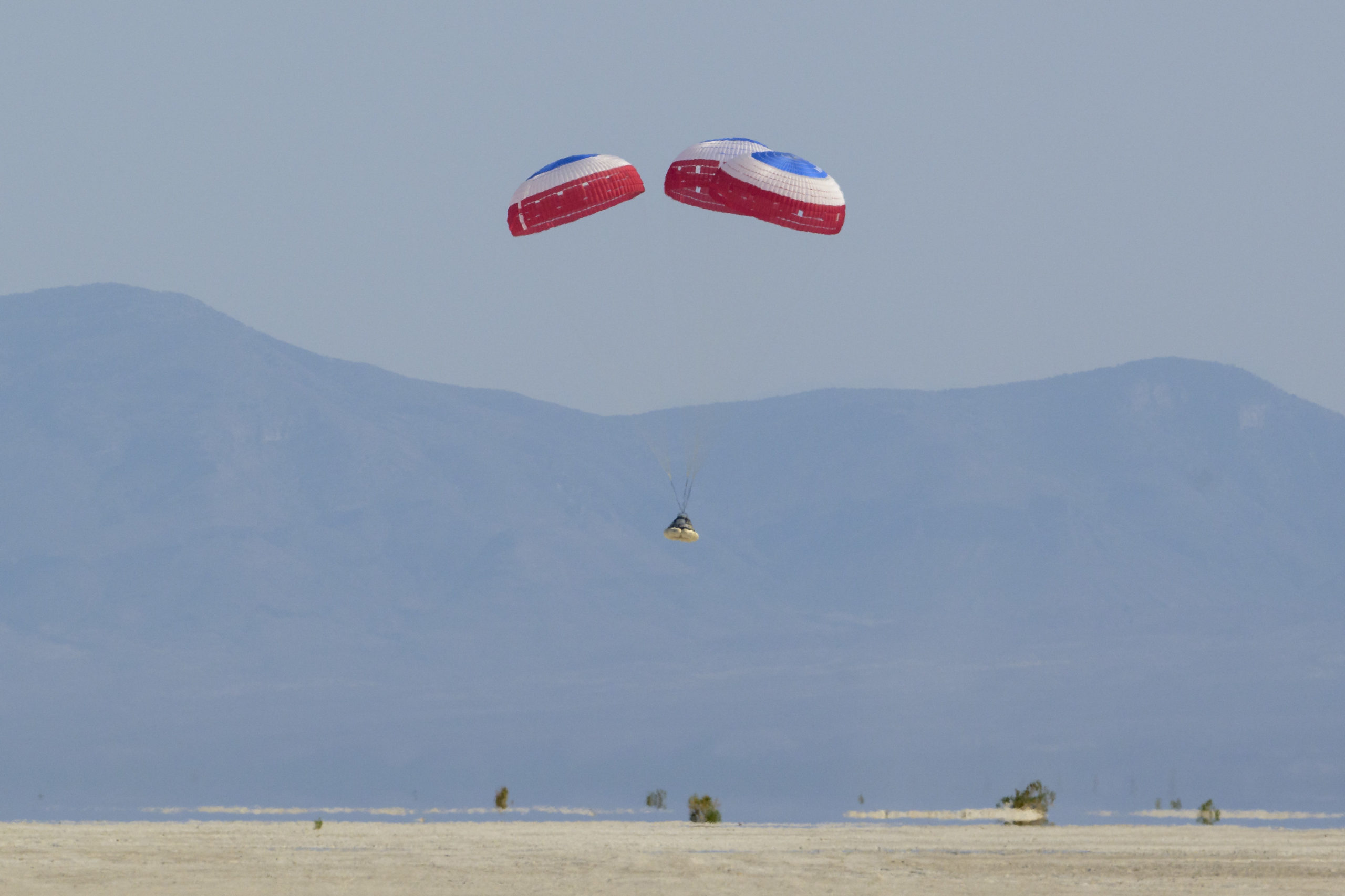
After a flight lasting a few minutes shy of six full days, more than four days of which were spent docked to the International Space Station (ISS), Boeing’s CST-100 Starliner safely returned to Earth late Wednesday, touching down at 4:49 p.m. MDT (6:49 p.m. EDT) with the assistance of its airbags and three perfect parachutes at mountain-ringed White Sands Space Harbor (WSSH), N.M. It marked the triumphant conclusion of the long-awaited second Orbital Flight Test (OFT-2) of the spacecraft, wrapping up a major test objective for NASA’s second Commercial Crew partner. Pending data review from OFT-2, the next step will be a Crew Flight Test (CFT) to the space station, later this year.
“NASA’s Commercial Crew Program and our industry partner, Boeing, took a major and successful step on the journey to enabling more human spaceflight missions to the International Space Station on American spacecraft from American soil,” said NASA Administrator Bill Nelson. “The OFT-2 mission represents the power of collaboration, which allows us to innovate for the benefit of humanity and inspire the world through discovery. This golden era of spaceflight wouldn’t be possible without the thousands of individuals who persevered and poured their passion into this great achievement.”
“We had an excellent flight test of a complex system that we expected to learn from along the way, and we have,” said Mark Nappi, vice president and program manager of the Boeing Commercial Crew Program. “Thank you to NASA and Boeing teammates who have put so much of themselves into Starliner.”
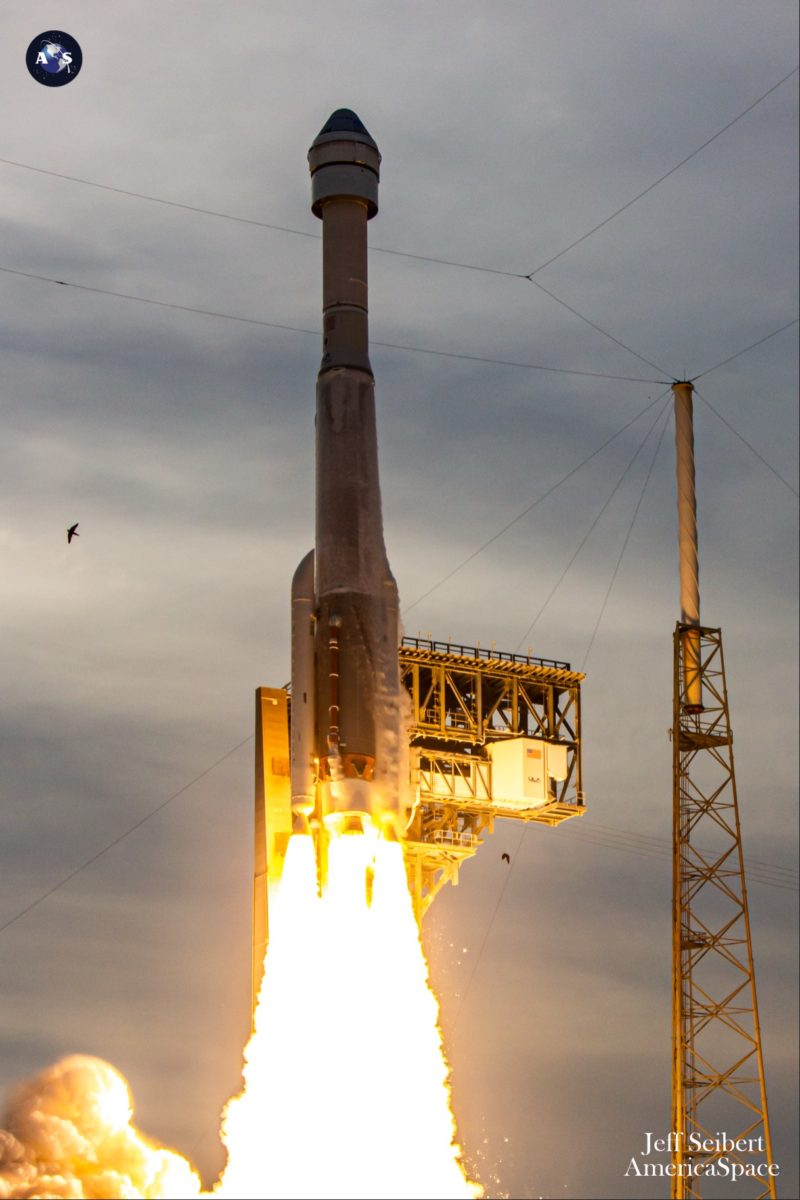
Boeing won a $4.2 billion “slice” of the Commercial Crew transportation Capability (CCtCap) contract back in September 2014, but the journey of its CST-100 Starliner to the ISS proved a long and difficult one. It first launched atop an Atlas V for the OFT-1 mission in December 2019, but shortly after the spacecraft achieved orbit it suffered an automated timing issue which obliged flight controllers to call off its space station docking and it returned to Earth two days later. In doing so, OFT-1 became the first U.S. human-rated capsule to touch down on solid ground when it landed via a combination of parachutes and airbags at White Sands.
Despite the disappointment an incomplete mission, OFT-1 successfully trialed the Starliner’s propulsion systems, communications systems, Guidance, Navigation and Control (GNC), the Environmental Control and Life Support System (ECLSS) and—via a series of in-flight extension/retraction tests—the NASA Docking System (NDS). But although an actual ISS docking was not a mandatory requirement to “crew-certify” the new ship, and NASA pointed out that had astronauts been aboard OFT-1, they could have assumed manual control and likely overcome the automated timing problem, it became increasingly clear that a reflight of the mission would take place.
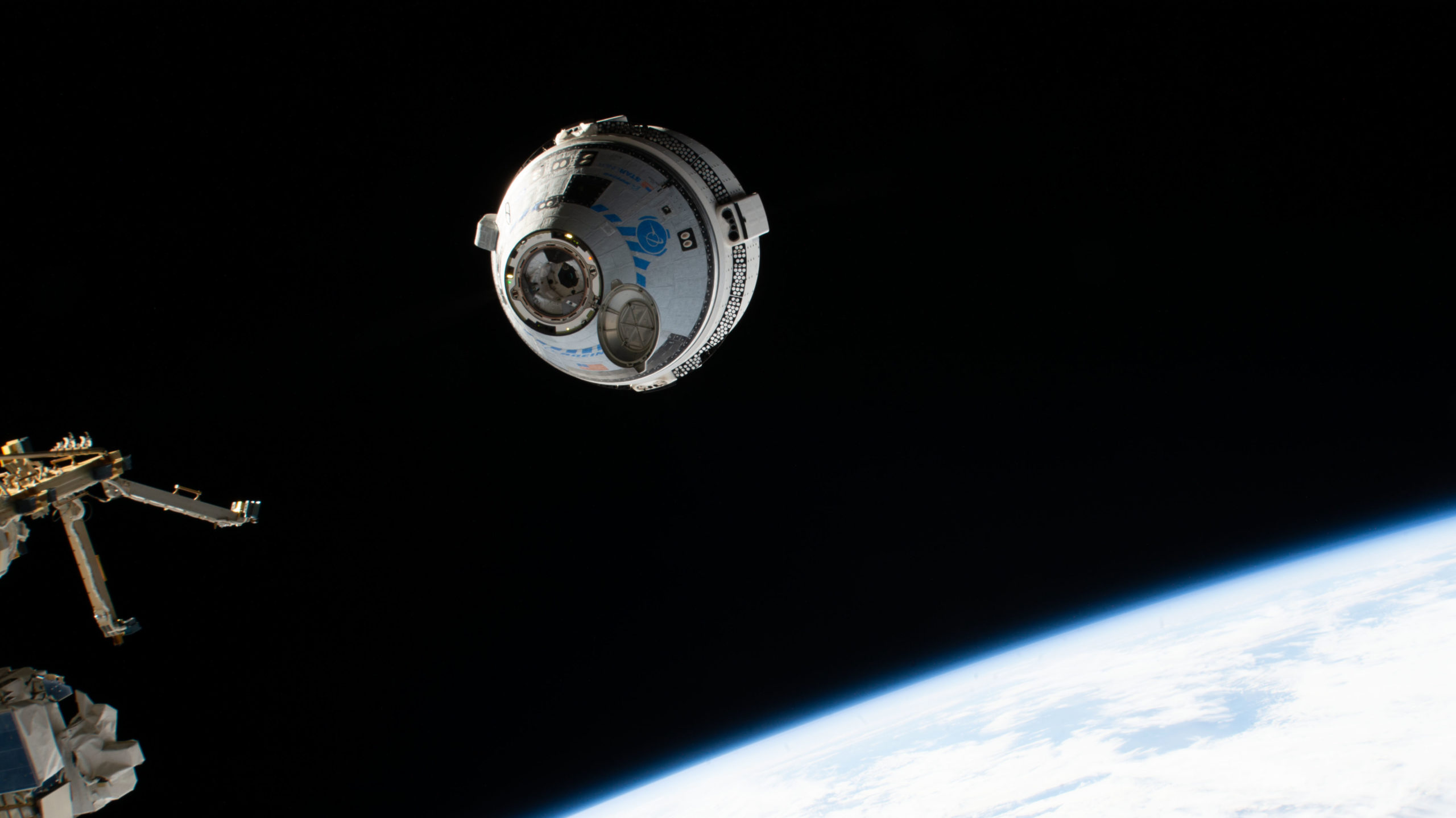
In April 2020, Boeing announced its intent to stage the reflight at its own expense, but additional troubles found OFT-2 delayed further from January 2021 to late spring and ultimately last summer. But after being postponed a few additional days when Russia’s Nauka (“Science”) lab experienced a troubled approach and docking at the ISS, another problem in the form of an “unexpected valve position indication” in Starliner’s oxidizer system reared its head only hours before launch last 3 August.
The valves, which are linked to Starliner’s abort and maneuvering thrusters, failed to open as designed during the countdown. The launch attempt was scrubbed and OFT-2 was stood down indefinitely as teams dug in to understand and resolve the issue. Last January, Boeing and NASA announced an intent to replace the OFT-2 Service Module with one previously earmarked for the CFT mission.
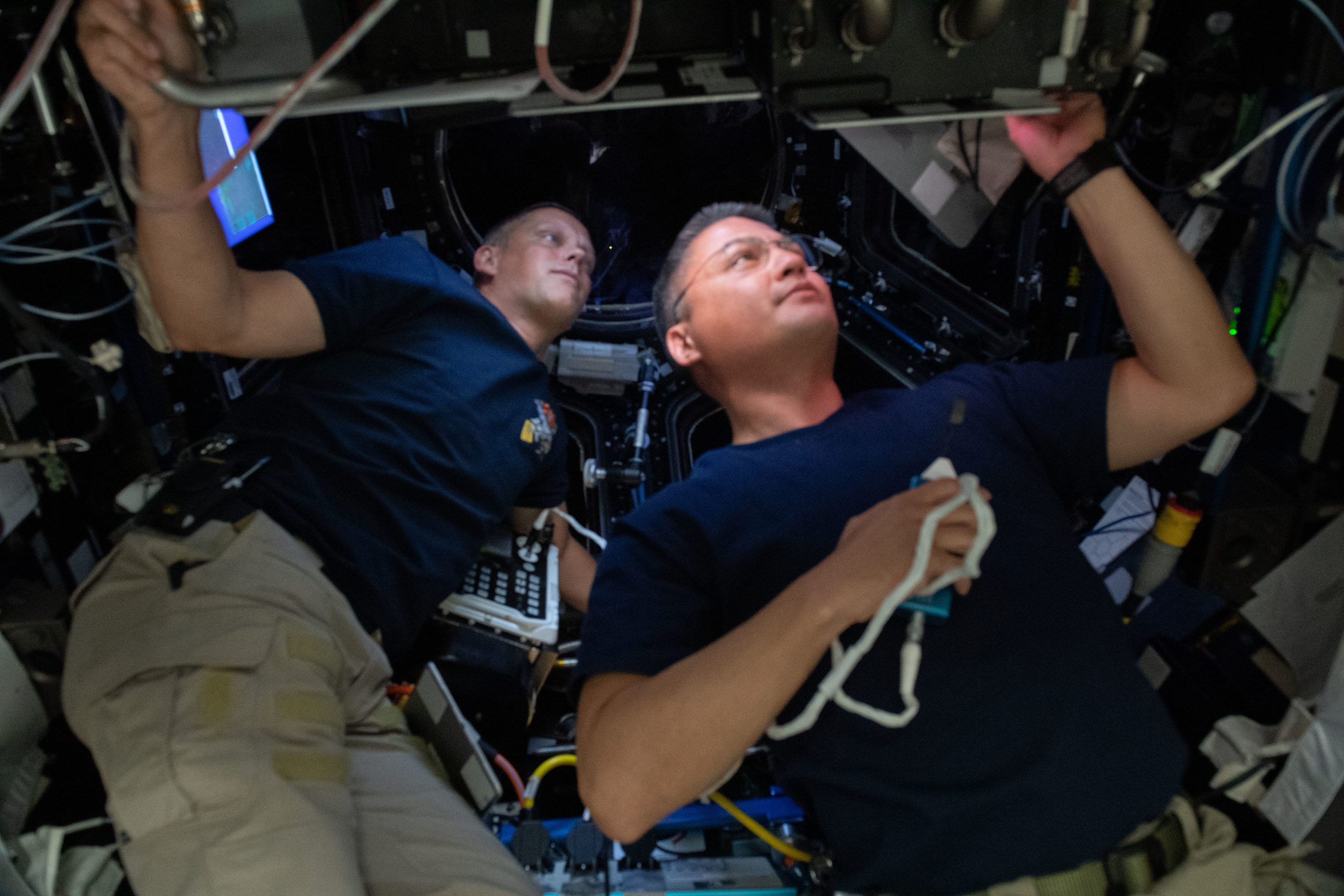
At long last, the mission got underway at 6:54 p.m. EDT on 19 May, as a United Launch Alliance (ULA) Atlas V rose from storied Space Launch Complex (SLC)-41 at Cape Canaveral Space Force Station, Fla., and propelled the OFT-2 mission safely into orbit. Aboard the spacecraft was “Rosie the Rocketeer”, an anthropometric instrumented dummy, clad in Boeing’s blue launch and entry suit, and approximately 500 pounds (225 kilograms) of NASA cargo and 300 pounds (135 kilograms) of Boeing cargo.
Following a day-long transit, the CFT-100 Starliner executed a smooth rendezvous with the ISS on 20 May. Despite the premature shutdown of two Orbital Maneuvering and Attitude Control (OMAC) thrusters, shortly after orbital insertion—an anomaly later traced to a chamber drop in pressure—the system operated normally during all propulsion system trials. Several major test objectives were successfully accomplished, including a Reaction Control System (RCS) Attitude Hold Demonstration and a checkout of the spacecraft’s Vision-based, Electro-Optical Sensor Tracking Assembly (VESTA).
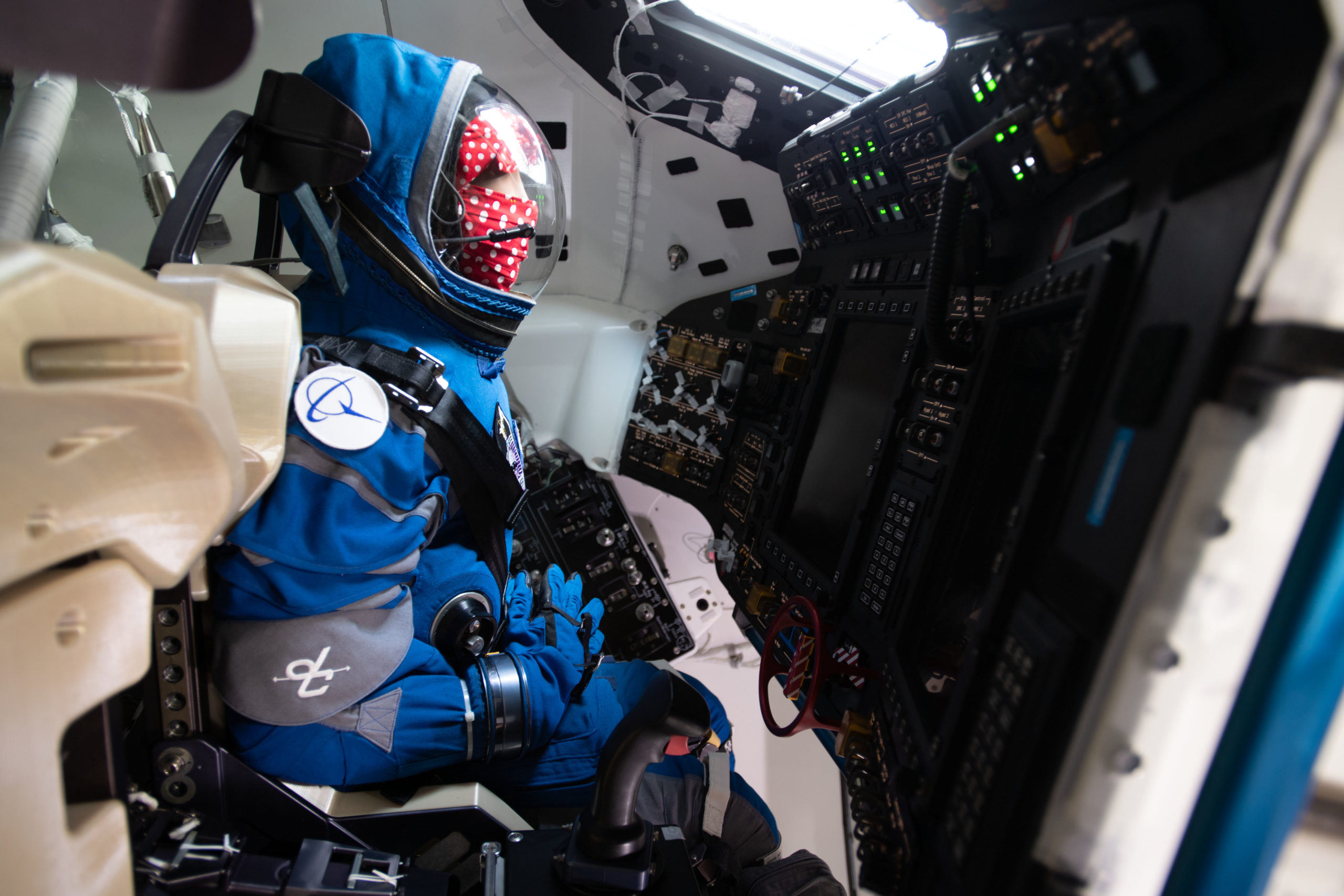
During its final approach to the station, the CST-100 Starliner held position at a distance of 820 feet (250 meters), as planned, and Expedition 67 crewmen Kjell Lindgren and Bob “Farmer” Hines activated a docking light to evaluate their ability to command the spacecraft from afar. “Rendezvous was pretty awesome,” Hines recounted in an interview, earlier this week with NASA Administrator Bill Nelson, Deputy Administrator Pam Melroy and Associate Administrator Bob Cabana.
He noted that the crew was able to visually acquire the inbound CST-100 Starliner from a distance of almost nine miles (15 kilometers), as its shimmering white exterior created a “stark contrast against the black sky”. Hines admitted that although he and Lindgren were busy with their monitoring duties during the 3.5-hour rendezvous and docking process, it was impossible not to steal “an occasional glance out the window every now and then”.
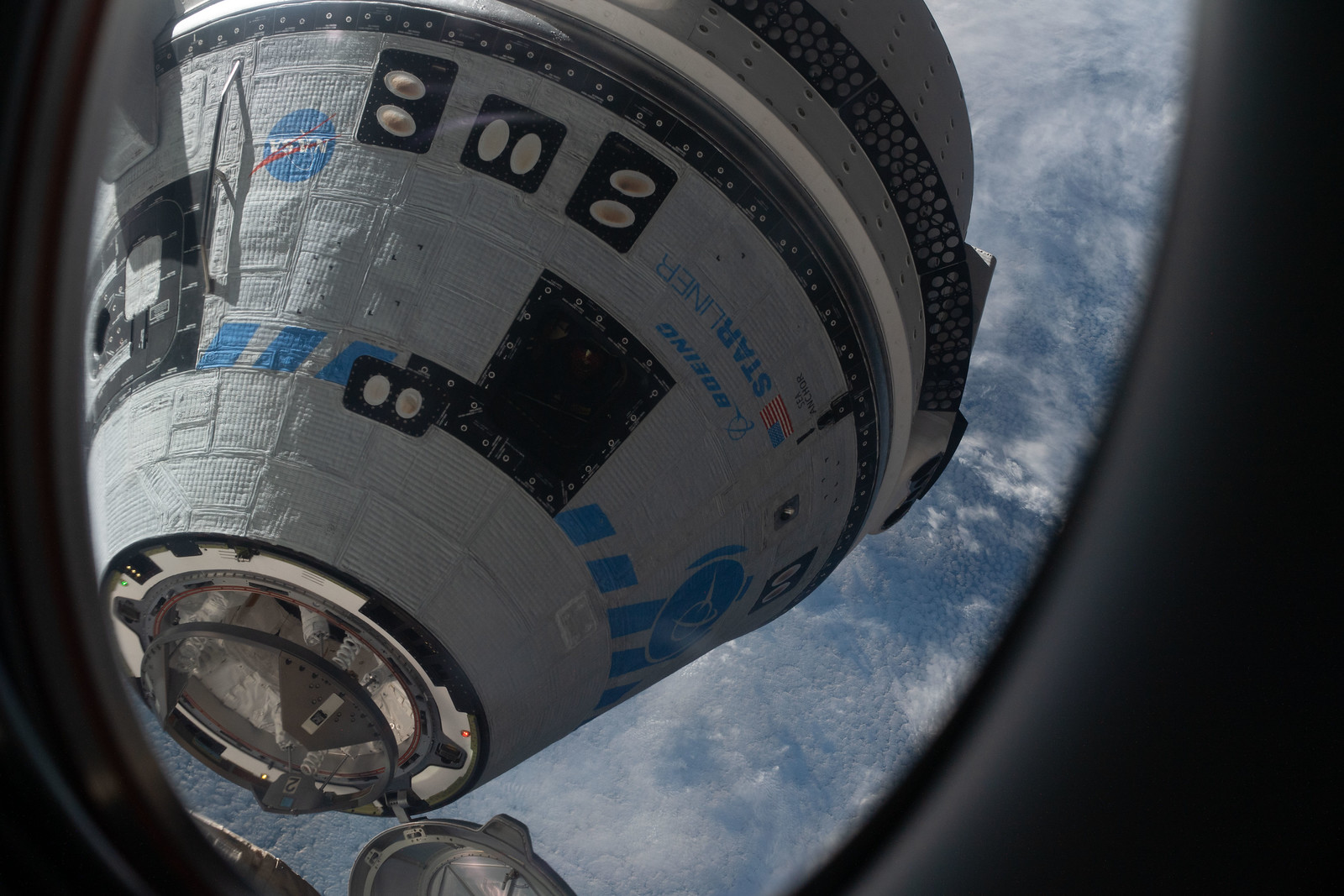
The spacecraft docked smoothly at the forward-facing port on the station’s Harmony node at 8:28 p.m. EDT on 20 May, a little more than a day after launch. And following pressurization and leak checks, the hatches into the CST-100 Starliner opened at 12:04 p.m. EDT on the 21st. This gave Lindgren and Hines the opportunity to come face-to-face with not only Rosie, but also a Jebediah Kerman plush toy.
Over the next couple days, Lindgren and Hines worked to unload the spacecraft and reload around 600 pounds (270 kilograms) of cargo for return home, including three spent Nitrogen Oxygen Recharge System (NORS) tanks. They also participated in a number of test objectives. “An absolute privilege to be the on-orbit part of the team,” Lindgren told Nelson earlier this week.
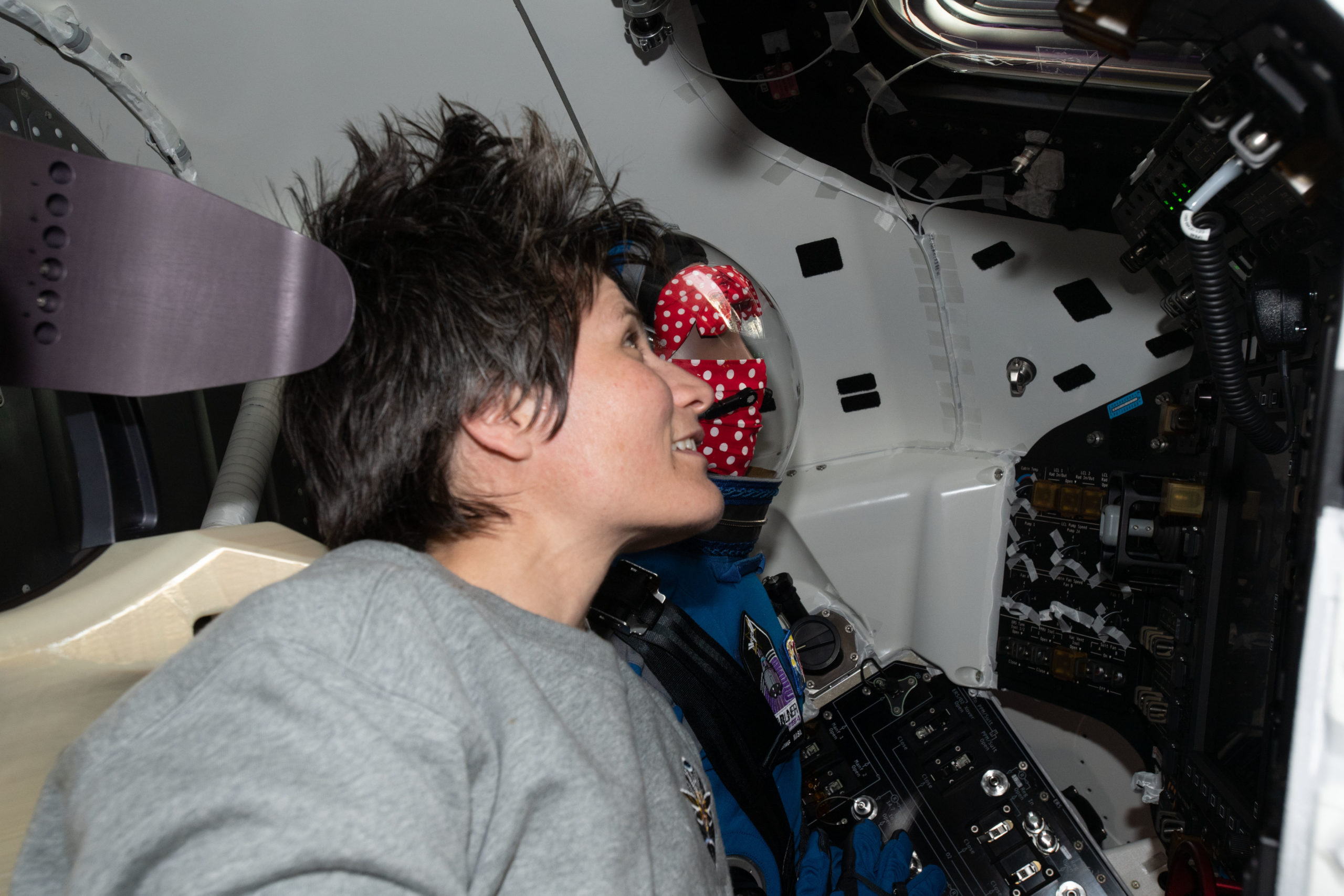
Hatches between the station and the CST-100 Starliner were closed at 3 p.m. EDT Tuesday. The spacecraft undocked autonomously at 2:36 p.m. EDT Wednesday to begin a four-hour return to Earth. This marked the shortest undocking-to-landing interval ever seen by a U.S. crew-capable ISS-bound spacecraft. The previous record-holder was Dragon Resilience, which completed a six-hour return to Earth last May with Crew-1 astronauts Mike Hopkins, Victor Glover, Shannon Walker and Soichi Noguchi. Earlier Space Shuttle missions typically required at least two days from undocking to landing.
At 6:05 p.m. EDT, about 3.5 hours after undocking, the CST-100 Starliner executed a successful deorbit “burn” to commit itself to a fiery descent into Earth’s atmosphere. Thirty-nine minutes later, having passed through the worst of re-entry heating, the drogue parachute was deployed, pulling out the three main canopies. Combined with inflatable airbags at the spacecraft’s base, the CST-100 Starliner touched down safely at the mountain-ringed WSSH at 4:49 p.m. MDT (6:49 p.m. EDT). The OFT-2 mission had lasted five days, 23 hours and 54 minutes, of which four days, 18 hours and eight minutes were spent moored at the sprawling orbital outpost.
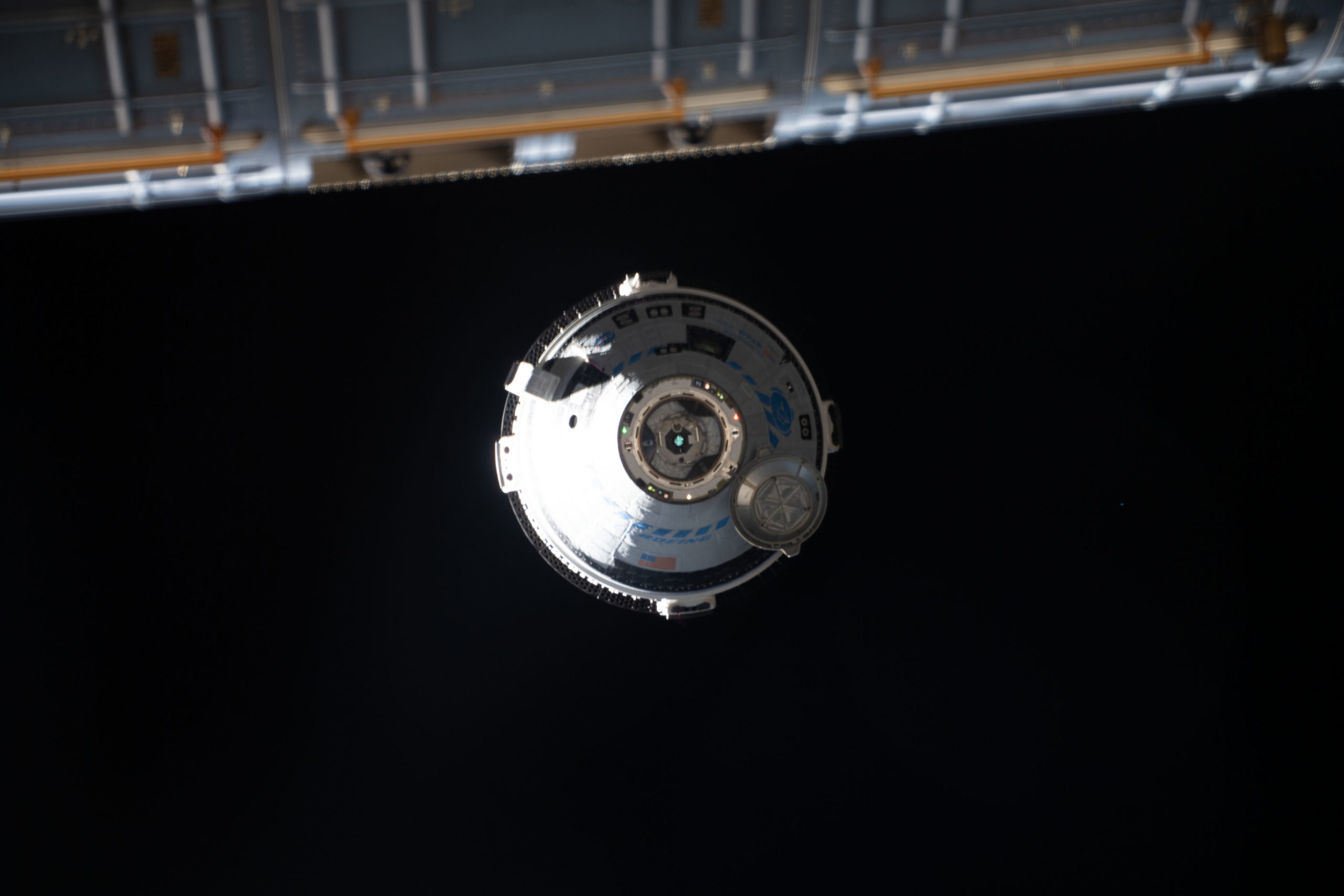
Ahead lies an extensive series of data reviews following what appears to have been a near-flawless mission and a serious shot in the arm for Boeing, NASA and the Commercial Crew Program. Next up will be the critical CFT mission, which NASA announced back in April 2019 would be extended beyond a baseline duration of two weeks, although it remains to be seen if it will fly for weeks or months, and how this might fit into an already established ISS Expedition plan.
Certainly, NASA astronauts Barry “Butch” Wilmore and Mike Fincke—who are pointed at CFT, although fellow astronaut Suni Williams is known to also be a contender for a seat on the mission—participated in training at Russia’s Star City center, near Moscow, last fall. That training focused on a possible “mid-length” ISS stay of about 60 days, which, if realized, would closely mirror the two months spent on the station by NASA astronauts Doug Hurley and Bob Behnken on their historic Demo-2 mission in 2020.




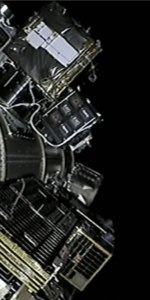
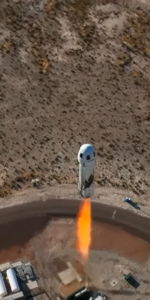
3 Comments
3 Pings & Trackbacks
Pingback:Crew-5 Targets 29 September Launch, Second Flight for Dragon Endurance - AmericaSpace
Pingback:Crew-5 Targets 29 September Launch, Second Flight for Dragon Endurance - isbiu news media
Pingback:NASA, Boeing Outlines Forward Plan for CFT, First Crewed Atlas Launch Since Faith 7 - AmericaSpace